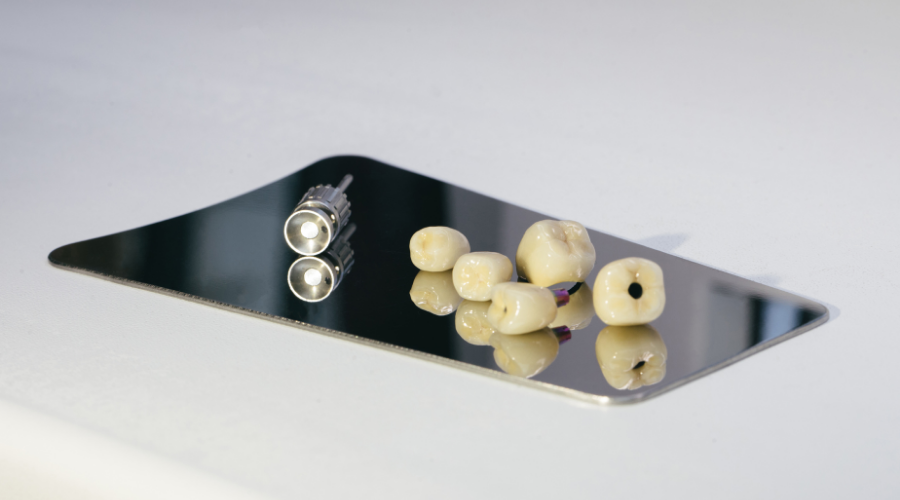How Long is the Life of Zirconium Crown?
How Long is the Life of Zirconium Crown?
The life of zirconium supported crowns depends on the care given to oral dental care by the patients. The average lifespan varies between 5-15 years, depending on the care of the patients. It has been used for up to 20 years in patients who come to regular dentist control and can provide dental hygiene.
What is Zirconium Crown, what are its Advantages?
A harder infrastructure material is needed in order to be durable in the porcelain coating of the teeth, especially in the posterior teeth and bridges with missing teeth. Traditionally, porcelain with a metal substructure was often applied to patients. However, zirconium, which is a more aesthetic material than metal, is frequently applied today.
A highly opaque porcelain is used to cover the dark color of the metal in porcelains with metal substructure. This situation takes the teeth away from their natural and aesthetic appearance. In porcelain veneers with zirconium substructure, the light transmittance of the porcelain is higher and provides both an aesthetic and durable restoration. It is a treatment option that can be offered to patients who want a natural and durable crown prosthesis. Zirconium crowns are not affected by foods that cause tooth stains such as tea, coffee, cigarettes. When oral dental care is provided, it does not cause bad breath. Gum diseases cause bad breath. To prevent this, hygiene should be given importance.
How to Care for Zirconium Veneers?
Attention should be paid to the movements made with the veneer teeth. For example, foods with very hard shells should not be broken with teeth. Individuals with clenching disorders can damage their natural teeth as well as damage their zirconium crowns. In patients with clenching teeth, abrasions may occur in the zirconium, gingival recession may occur. It is beneficial for these patients to use a ‘night retainer’ in order to protect their natural teeth or zirconium crowns for many years. Apart from this, chin botox, which is done every 6 months, also prevents clenching. The dentist should be consulted for the right treatment plan.
Zirconium veneers also need tooth brushing, floss or the use of an interface brush. It can be used for many years when these cares are applied. Regular dental check-ups every 6 months also prolong the life of the veneers by providing early diagnosis of tooth and gum diseases. In particular, patients who have missing teeth and have bridges can learn how to use the interdental brush practically from the dentist.
How is Zirconium Crowns are Made?
In the first examination, planning is made on the expectations of the patient. Photos are taken, tooth color and shape are decided after tooth preparation are made. Impression is taken to be sent to the laboratory. Temporary teeth are made for the patient. Thanks to these temporary teeth, there is no feeling of sensitivity or loss of aesthetic and function in the teeth. In the next session, the artificial teeth that come in the laboratory are rehearsed and if appropriate, they are attached. This bonding session requires a lot of care.
Should Zirconium or Full Ceramic Be Preferred?
If there is too much chewing force on the crown to be made or if missing teeth are to be included and used as a bridge, it must be strengthened against breakage. For this, porcelains are supported with infrastructure material.
In metal-supported porcelain, a highly opaque porcelain is used to cover the dark color of the metal reflected from below. Likewise, in zirconium-supported porcelain, the reflected opacity of the zirconium material takes it away from naturalness a bit compared to full ceramics. However, if a bridge is required for more than one missing tooth in the anterior region, zirconium infrastructure should be preferred in order to be durable. Porcelain emax, which has been developed recently for a single tooth deficiency, can be preferred as a bridge body. The most appropriate option should be decided in consultation with the dentist.



